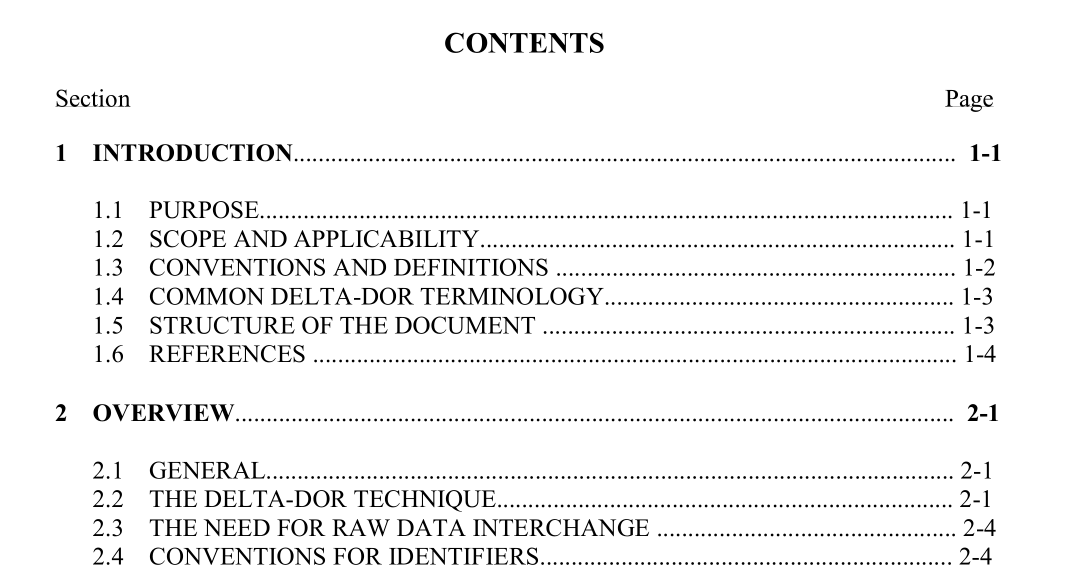ISO 20208:2015 pdf download.Space data and information transfer systems — Delta-DOR Raw Data Exchange Format
1.2 SCOPE AND APPLICABILITY
This Recommended Standard contains the specification for a Delta-DOR RDEF designed for applications involving Delta-DOR raw data interchange among space agencies. The format here specified can be equally used for collecting and exchanging more general open loop raw data. This data format is suited to inter-agency exchanges that involve automated interaction. The attributes of the RDEF make it primarily suitable for use in computer-to-computer communication. The characteristics of the data recording (sampling rate and quantization) are defined within the RDEF. There is no definition of accuracy for raw Delta-DOR data, and hence no assessment of accuracy is provided in the exchange format. An assessment of accuracy for reduced Delta-DOR measurements is outside the scope of this Recommended Standard. This Recommended Standard defines only the data format and content, but not the means for its transmission. The method of transmitting the data among partners is beyond the scope of this document. Data transmission could be based on a CCSDS data transfer protocol, file- based transfer protocol such as SFTP, stream-oriented media, or other secure transmission mechanism. In general, the transmission mechanism shall not place constraints on the technical data content of an RDEF.
2.2 THE DELTA-DOR TECHNIQUE
Very Long Baseline Interferometry (VLBI) is a technique that allows determination of angular position for distant radio sources by measuring the geometric time delay between received radio signals at two geographically separated stations. The observed time delay is a function of the known baseline vector joining the two radio antennas and the direction to the radio source. An application of VLBI is spacecraft navigation in space missions where delay measurements of a spacecraft radio signal are compared against similar delay measurements of angularly nearby quasar radio signals. In the case where the spacecraft measurements are obtained from the phases of tones emitted from the spacecraft, first detected separately at each station, and then differenced, this application of VLBI is known as Delta Differential One-Way Ranging (‘Delta-DOR’ or ‘∆DOR’). (See figure 2-1.) Even though data acquisition and processing are not identical for the spacecraft and quasar, both types of measurements can be interpreted as time delay measurements, and they have similar information content and similar sensitivity to sources of error (see reference [D2]). The data produced in such a measurement session are complementary to Doppler and ranging data.
ISO 20208:2015 pdf download
